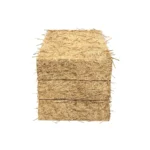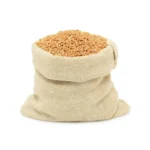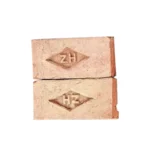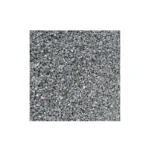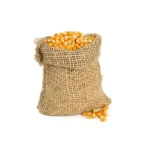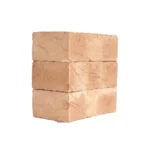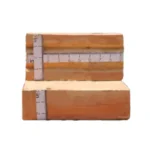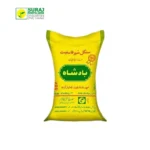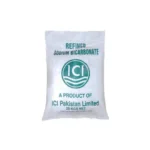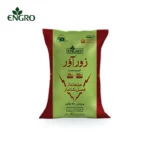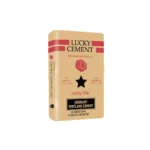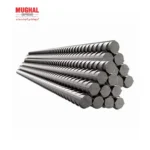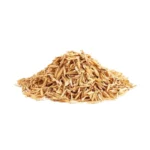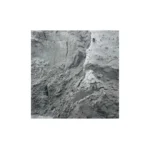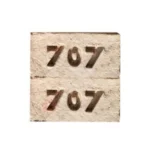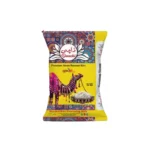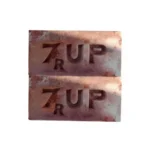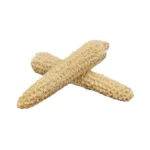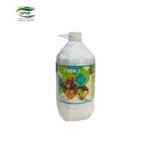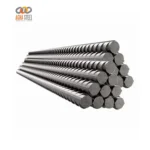Introduction – Sugarcane Bagasse:
Sugarcane bagasse is a kind of by-product involving the sugarcane industry-or rather, that very particular part of it where, in fact, the juice was extracted from the sugarcane. This fibrous residue is testimony to the versatility of sugarcane and the call toward sustainable possibilities in modern industries.
At Zarea, we believe in the usage of sustainable materials; that is why bagasse finds a place among the range of diverse eco-friendly products provided by us. It forms part of our commitment to environmental responsibility and innovative product solutions.
How Sugarcane Bagasse is Produced:
The process of sugarcane bagasse starts in the expansive sugarcane fields, where the cane is cut and brought to the mills. In this stage, a crushing procedure occurs to extract sugarcane juice, while bagasse remains as a fibrous byproduct. This residue is then dried and can be processed into various forms suitable for commercial use, from energy generation to making paper products.
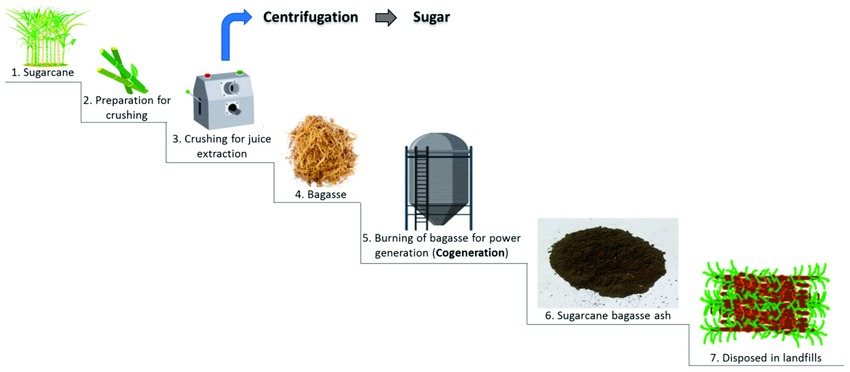
Versatile Uses of Sugarcane Bagasse:
Sugarcane bagasse is a multifaceted byproduct of the sugarcane sector, utilized in a variety of creative and eco-friendly uses. Here are several of its main applications:
- Biofuel Production:Bagasse is often utilized as a sustainable resource for producing heat and electricity.
- Eco-friendly Packaging: It is used to create biodegradable packaging options like containers, plates, and utensils.
- Paper Products: Bagasse offers a substitute fiber for paper production, aiding in decreasing dependence on wood pulp.
- Building Materials: It is being investigated for application in sustainable construction materials such as panels and fiberboards.
- Textiles: Innovations involve producing sustainable fabrics from bagasse fibers.
- Agricultural Applications: Bagasse is utilized as a mulching material in horticulture or included in compost blends to improve soil quality.
- Animal Feed: The fibrous byproduct can be transformed into healthy animal feed.
Benefits of Using Bagasse in Daily Life:
Integrating bagasse into daily life offers substantial environmental and economic benefits. Items crafted from bagasse are both biodegradable and compostable, contributing to the decrease of landfill waste and greenhouse gas emissions. From an economic standpoint, bagasse products frequently serve as affordable substitutes for conventional materials, assisting with waste management and fostering sustainability in regular consumer items.
Comparing Bagasse Products with Traditional Materials:
Integrating bagasse into daily life offers substantial environmental and economic benefits. Products made from bagasse are biodegradable and compostable, helping reduce landfill waste and greenhouse gas emissions. Economically, bagasse products are often cost-effective alternatives to traditional materials, aiding in waste management and promoting sustainability in everyday consumer goods.
Comparing Bagasse Products with Traditional Materials:
Compared to all the conventional materials like plastics and metals, bagasse was noted for having a considerably low environmental footprint. It involves less energy to make. Being a by-product of sugarcane, therefore, it enhances the value addition of agricultural wastes which otherwise is disposed of without any resourceful use. Switching to bagasse products counts as one of the important strides toward a sustainable future. These products tend to resolve the present dismal situation due to waste and pollution that has gripped our surroundings.
Innovative Bagasse Products on the Market:
The market today hosts an impressive range of innovative bagasse products. These include not only food service items but also building materials and textiles. Companies globally are exploring the use of bagasse in panels and fiberboards, contributing to greener construction practices. Zarea, through our sustainable product lines, aims to foster these innovations, making them accessible across various sectors.
Challenges in Bagasse Production and Utilization:
Despite its benefits, the production and utilization of bagasse face several challenges. These include technological limitations in processing, logistical issues in collection and storage, and competition from other biofuels. Moreover, there is a need for continuous innovation to expand its applicability and efficiency in various industries.
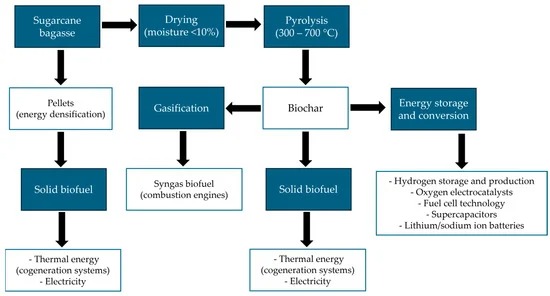
The Future of Bagasse: Trends and Developments:
With continuous research and development of new technologies to enhance its efficiency and broaden its applications, the future of bagasse appears very bright. Development in biochemical technologies may soon enable us to derive even more value from bagasse, from biofuels to bioplastics and beyond. For more insightful details on sugarcane bagasse, consider exploring our previous blogs which delve into the intricacies of this remarkable material.
Conclusion – The Impact of Sugarcane Bagasse on Sustainability:
- Ultimately, sugarcane bagasse serves as a cornerstone of sustainability within the bio-waste industry. Its potential to be converted into various products and aid in environmental sustainability is unmatched. At Zarea, we are proud to join in this green revolution.
- In tune with the emerging world trend for sustainability, we establish best practices, along with offering products that satisfy both our customers’ expectations in terms of high-quality products and environmental responsibility.
- Since new uses for bagasse keep being discovered and environmental-friendly practices are constantly introduced, the potential for further achievements in the development and support of a sustainable future by bagasse is only restricted by one’s imagination.
FAQs:
Is sugarcane bagasse a waste?
Bagasse from sugarcane is a solid waste produced following the juice extraction process from sugarcane. It mainly consists of cellulose, hemicellulose, and lignin.
What is the best use of bagasse?
Bagasse is ideal for managing both hot and cold items, which makes it highly effective for food packaging and dishware.
What are the applications of bagasse?
Bagasse may be utilized as fuel in sugarcane mills or serve as a cellulose source for producing animal feeds.
What are the disadvantages of bagasse?
Even though bagasse is highly resistant to extreme temperatures, it may lose some of its durability when used to contain foods exceeding 95 degrees Celsius.
What products are made from bagasse?
In numerous tropical and subtropical nations like India, China, Colombia, Iran, Thailand, and Argentina, bagasse is often utilized as a substitute for wood in manufacturing pulp, paper, and board.



